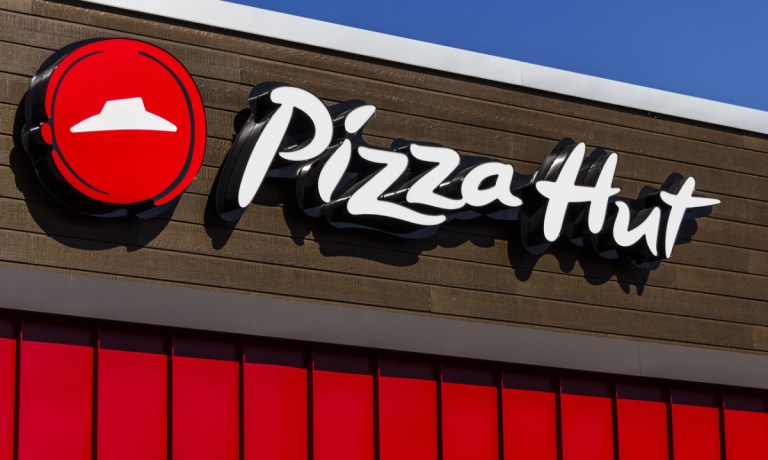
As Domino’s entry into third-party marketplaces poses a threat to other pizza quick-service restaurants (QSRs) on these platforms, Pizza Hut maintains that it has the edge in this space.
On its second-quarter earnings call Wednesday (Aug. 2), Yum Brands, parent company of Pizza Hut as well as KFC, Taco Bell and The Habit Burger Grill, touted its pizza brand’s advantages on these marketplaces, which come down to both technology and experience.
“Going forward, we think we have some differentiating capabilities that will help us sustain our competitive advantage in pizza with the aggregators,” Yum Brands CFO Chris Turner told analysts on the call. “One of those is Dragontail, which helps to optimize the delivery operations in our restaurants, including our interface with the aggregators. Plus, we’ve got some first mover advantages around marketing expertise and talent in that space that we think will help us continue to drive that business going forward.”
Regarding the former, Yum Brands acquired Dragontail System, a kitchen management and delivery technology company, back in 2021, with an eye specifically toward improving Pizza Hut’s delivery capabilities.
Turner also pointed to Yum Brands’ $200 million investment in Grubhub back in 2018 as a move that gave the restaurant giant a “front row seat” to seeing how the category was evolving.
Aggregators make up a relatively small — but far from negligible — share of total restaurant orders. Data from PYMNTS’ study “Connected Dining: Third-Party Restaurant Aggregators Keep the Young and Affluent Engaged,” which draws from a survey of more than 2,200 U.S. consumers, revealed that 40% had used aggregators in the previous six months. In fact, the study found that just 5% of consumers made their most recent food purchase through a third-party platform.
In the quarter, Yum Brands overall touted record-high digital sales, totaling $7 billion, while digital mix was greater than 45% — a significant step toward the brand’s previously stated goal, per a statement from Chief Data Officer Cameron Davies, of having “100% of sales powered by digital.”
This does not necessarily mean that all orders must be placed through consumers’ mobile devices or computers. Comments on Wednesday’s call from Yum Brands CEO David Gibbs suggest that the company may consider orders placed through on-premises digital devices such as kiosks to count toward this total.
“The team continues to create incremental demand for their digital channels,” Gibbs said. “In the U.S., digital sales increased almost 35% year over year, with kiosks now deployed in 100% of Taco Bell stores.”
Gibbs noted that kiosks tend to drive order value, with the average sale made through this channel yielding 10% higher check than those made at front counters.
Overall, digital engagement with restaurants is on the rise. Supplemental research from the survey of nearly 2,500 U.S. consumers behind PYMNTS’ study, the “ConnectedEconomy™ Monthly Report: The Urban-Rural Health Divide Edition,” revealed that digital participation in the restaurant sector is up 9% year over year among high- and low-income consumers (those with annual incomes greater than $100K or lower than $50K) and up 2% among middle-income diners.